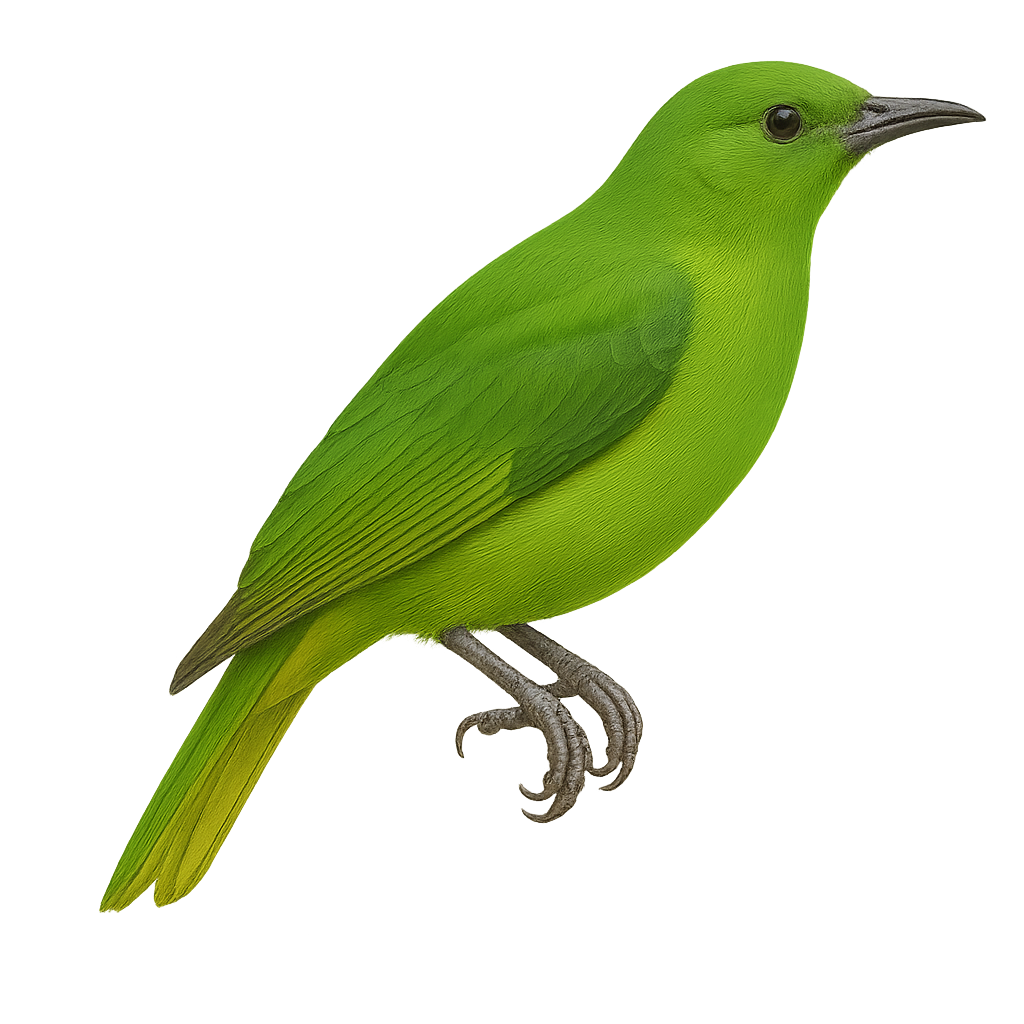Your wildlife photography guide.
Explore the yellow-winged leafbird in detail, study its behavior, prepare your shots.
Where to observe and photograph the yellow-winged leafbird in the wild
Learn where and when to spot the yellow-winged leafbird in the wild, how to identify the species based on distinctive features, and what natural environments it inhabits. The WildlifePhotographer app offers tailored photography tips that reflect the yellow-winged leafbird’s behavior, helping you capture better wildlife images. Explore the full species profile for key information including description, habitat, active periods, and approach techniques.
Yellow-winged Leafbird
Scientific name: Chloropsis flavipennis

IUCN Status: Near Threatened
Family: CHLOROPIDAE
Group: Birds
Sensitivity to human approach: Suspicious
Minimum approach distance: 10 m
Courtship display: February to March
Incubation: 13-15 jours
Hatchings: February to March
Habitat:
Tropical forests, subtropical forests, wetlands
Activity period :
Primarily active during the day, with peak activity in the morning and late afternoon.
Identification and description:
The Yellow-winged Leafbird, or Chloropsis flavipennis, is a medium-sized bird, primarily green with distinct yellow wings. It inhabits tropical and subtropical forests, preferring dense, humid areas. Its vibrant plumage makes it difficult to spot in the canopy, but its melodious song often reveals its presence. It primarily feeds on fruits, nectar, and insects, playing a crucial role in pollination and seed dispersal. Although generally solitary, it can sometimes be seen in small family groups. Its ability to adapt to various forest habitats makes it a resilient species, although deforestation poses an increasing threat to its survival.
Recommended lens:
400mm – adjust based on distance, desired framing (portrait or habitat), and approach conditions.
Photography tips:
To photograph the Yellow-winged Leafbird, it is advisable to use a telephoto lens of at least 400mm to capture detailed images without disturbing the bird. Look for areas of the forest where fruits are abundant, as these birds are often attracted to food sources. Be patient and discreet, as their suspicious behavior can make them difficult to approach. Use the natural morning light to achieve vibrant colors and good contrast in your photos.
The WildlifePhotographer App is coming soon!
Be the first to explore the best nature spots, track rutting seasons, log your observations, and observe more wildlife.
Already 1 430 wildlife lovers subscribed worldwide

